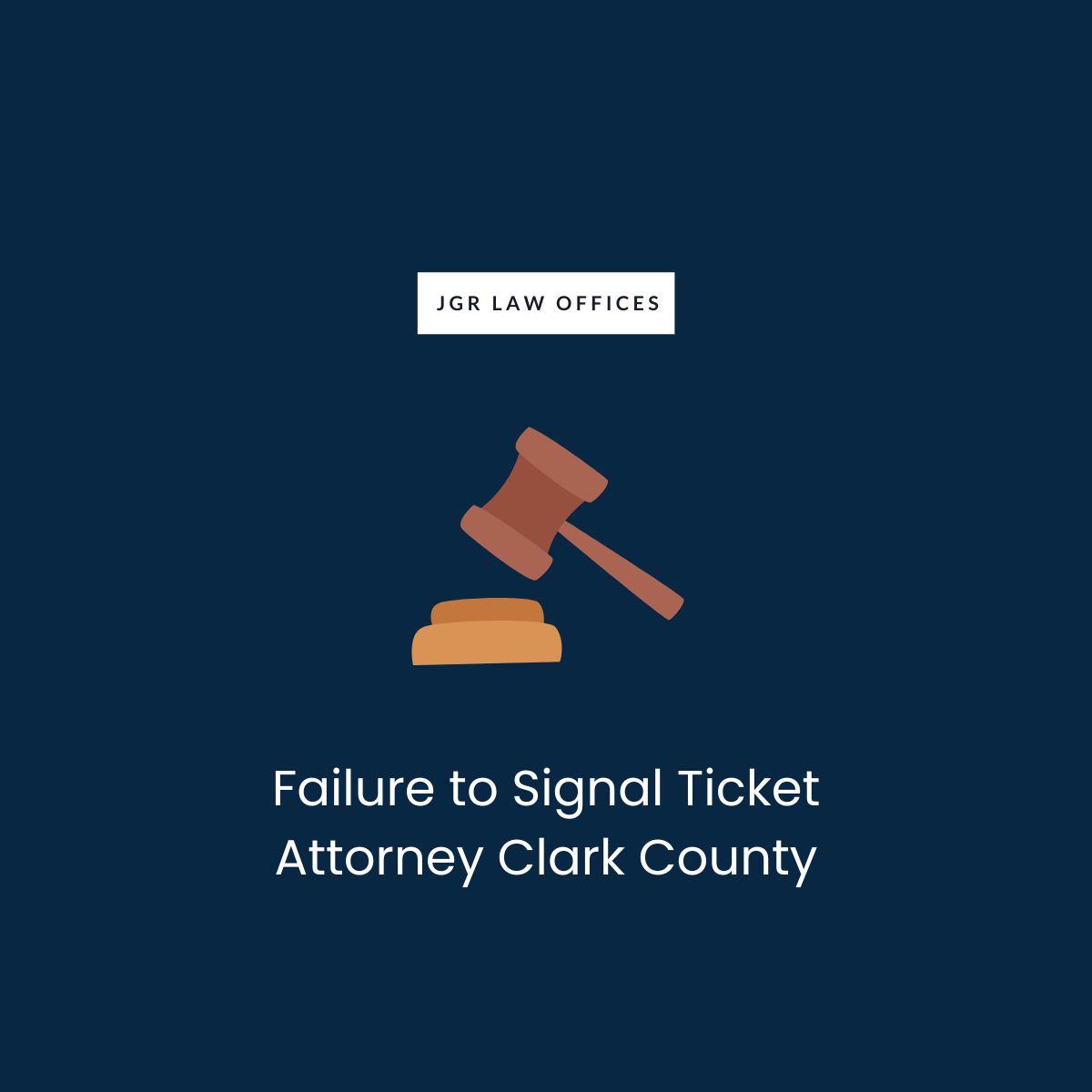Using the ERISA group to file a claim for disability benefits
If you are applying for group long-term disability benefits under ERISA or any other plan, you should follow the procedures outlined below.
You may be eligible for long-term disability payments if you are disabled and unable to work because your employer has an Employment Retirement Income Security Act (ERISA) plan or other form of long-term disability insurance. The process of obtaining long-term disability payments via your employer’s insurance coverage, on the other hand, is not always straightforward. This may be a time-consuming and exhausting procedure, and applicants are not always satisfied with the outcome.
Before submitting an application for disability benefits under ERISA or any other employer-sponsored plan, educate yourself about the legislation and the essential stages in the claim process. You have a better probability of being approved for disability insurance as a result. Continue reading to find out more. If you want to know how to avoid making common errors while applying for ERISA disability benefits, read the article ERISA Disability Benefits Application: 6 Common Mistakes from Nolo.
The bulk of disability insurance plans available to employees are regulated by a federal legislation known as the Employee Retirement Income Security Act (ERISA). It was enacted in 1974 and governs virtually every element of employee benefits, including medical, dental, and vision coverage. If you apply for long-term disability benefits and the insurance company rejects your claim, you have the right to file a lawsuit in federal court under the Employee Retirement Income Security Act (ERISA).
It is difficult to get ERISA disability payments denied in court under the ERISA statute. This is due to the fact that the insurance company need minimal proof to support its decision to deny payments to a claimant. The judge will go through your application and any supporting papers you provide. It is unlikely that you will be successful if you committed errors throughout the application procedure or did not offer adequate support for your application.
For this reason, your first application should be as good as possible in order to minimize the likelihood of it being rejected.
Listed below are a few procedures that will guide you through the often complex process of applying for long-term disability insurance.
Take a look at the policy. Learn about your policy and what is and isn’t covered before filing a claim to ensure that your claim is processed successfully. In addition to the insurance policy, you should get a copy of the summary plan description as well. Following a written request to the plan administrator, you have the right to obtain copies of these records under the terms of ERISA.
Determine the date on which the impairment began. This phase is important since it incorporates all other pertinent information, such as Take a look at the policy to discover what constitutes a disability. This will assist you in determining the precise date on which you would be deemed incapacitated under the terms of your insurance policy.
Make sure you plan your final day of work properly. The final working day, commonly known as the LDW, is a significant day in the calendar year. Before you quit your job, gather as many documentations as you can to show your inability to work. In one instance, a guy left his work and filed for unemployment benefits despite the fact that his doctor’s medical record indicated that he was not disabled. He ultimately lost his employment as well as his health insurance, and he was refused a disability pension as a result.
Be aware of your deadlines. The number of deadlines that you will have to fulfill will be many. In your policy, a number of these dates are outlined, and it is critical that you become acquainted with them – including the deadline for filing an administrative complaint – since failing to comply with the deadlines may result in you being denied disability payments.
Obtain a copy of your health-care records. You must be aware of the information included in your medical record about your illness, since this is the same information that the insurance company will use to determine whether or not to approve or reject your claim. Your medical record should include objective proof of your impairment, such as the following: When it comes to depression or bipolar illness, B. An MRI for back pain or a form completed by your psychiatrist regarding residual mental functioning are both acceptable options. (“Get Your Health Information: Rights, Process, and Denial Information,” written by Nolo’s attorney, “Learn More”).
Consult with an attorney. The procedure of determining eligibility for long-term disability payments is not straightforward. It is often advantageous to retain the services of an experienced attorney who specializes in disability law.
Do you need the services of an attorney? Begin with this.
Recognize and Receive the Compensation You Deserve
